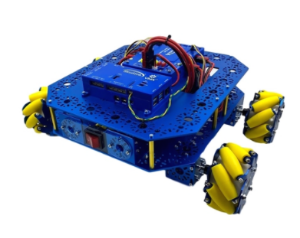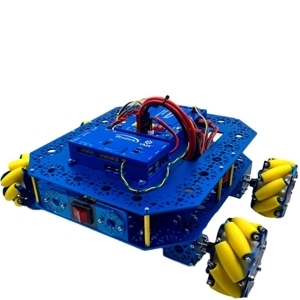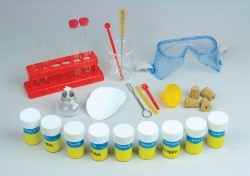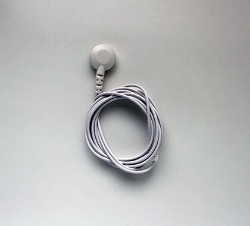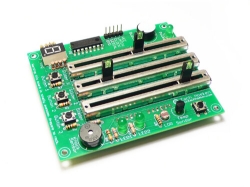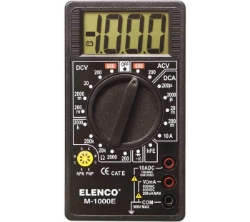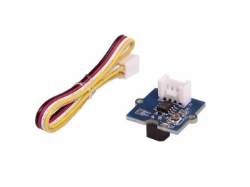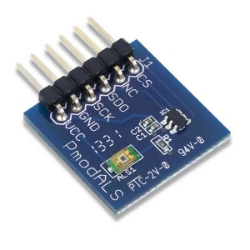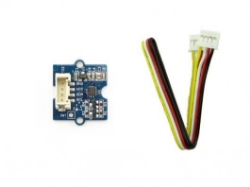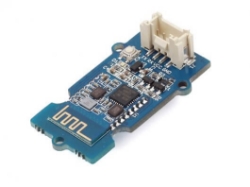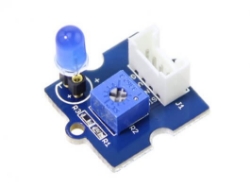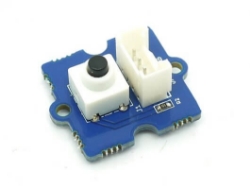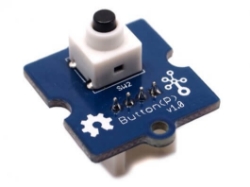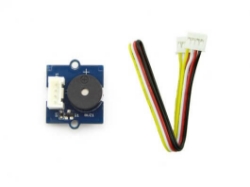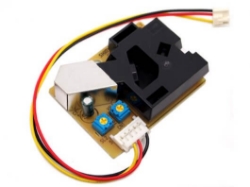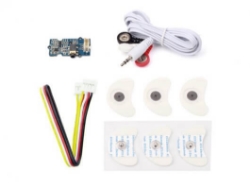Meters & Sensors
BATUltrasonic Sensor Distance Measuring
This Chemistry Lab Kit includes 8 safe to use chemicals, 80 safety tested experiments. Comes with complete instruction manual
BITalino 1-lead sensor cable
BITalino 1-lead sensor cableis anindividual cable to connect the sensor pins (IN+, IN-, and REF) to the electrodes.
Features:
- Length: 40cm (others possible on request)
- Sensor connector: Crimp pin (compatible with the individual pins on the Molex Sherlock male plug)
- Electrode connector: Standard snap on socket
Danger Shield Complete kits
The Danger Shield is an add-on for the [Arduino] micro controller board. It contains a variety of fun and useful electronic circuits that you can use to do fun and useful things. It is a fully self-contained shield. You plug it into your Arduino, and you can immediately start using it. No extra things to hook up, no external components. Just a really rad board ready to rock.
Elenco Digital Multimeter
Compact Digital Multimeter now with LARGER 1" display. Key Features: 7 Functions / 17 measuring ranges, Larger 1" display, 0.5% Basic accuracy, 1M? input impedance, Overload protection, Transistor test, Pocket-size, and Audible continuity test.
Grove - Infrared Reflective Sensor v1.2
Multimeter digital
Digital multimeter for measuring current (DC) and voltage (AC and DC) as well as resistance. 9V block battery additionally required
NavX2-MXP Robotics Navigation Sensor
BRAND NEW NEXT-GENERATION SENSOR NOW AVAILABLE - Leveraging new sensors and state-of-the-art algorithms to deliver a leap forward in accuracy and performance.
“Generation 2” navX2-MXP is a drop-in replacement for the “Classic” navX-MXP, adding significant performance enhancements. See the full Product Overview below for more information about navX2-MXP's new and enhanced capabilities.
Download the CAD files
PmodALS: Ambient Light Sensor
The Digilent PmodALS demonstrates light-to-digital sensing through a single ambient light sensor. Digilent Engineers designed this Pmod around Texas Instrument's ADC081S021 analog-to-digital converter and Vishay Semiconductor's TEMT6000X01.
Seeed Studio Grove - 3-Axis Digital Compass
Seeed Studio Grove - BLE (dual model)
Seeed Studio Grove - Blue LED
A general purpose LED module in Grove form factor, available in different colors. The ingenious PCB design enables you to bend the LED to any position you want, which makes it easy to use it standalone, horizontal or Panel Mount(from left to right in below pics)
Key Specification:
- Standard Grove connector
- Operate voltage: 3.3v/5v
- Emitting Color: Blue
Seeed Studio Grove - Button
Seeed Studio Grove - Button(P)
Seeed Studio Grove - Buzzer
Seeed Studio Grove - Dust Sensor
Seeed Studio Grove - EMG Detector
EMG detector is a bridge connects human body and electrical, the sensor gathers small muscle signal then process with 2th amplify and filter, the output signal can be recognized by Arduino. You can add this signal into your control system. Note: The sensor cannot be used for medical purposes. In standby mode, the output voltage is 1.5V. When detect muscle active, the output signal rise up, the maximum voltage is 3.3V. You can use this sensor in 3.3V or 5V system.
Key Features:
- Grove Compatible
- 3.5mm Connector
- 6 Disposable Surface Electrodes
- Power supply voltage: 3.3V-5V
- 1000mm Cable Leads
- No additional power supply














